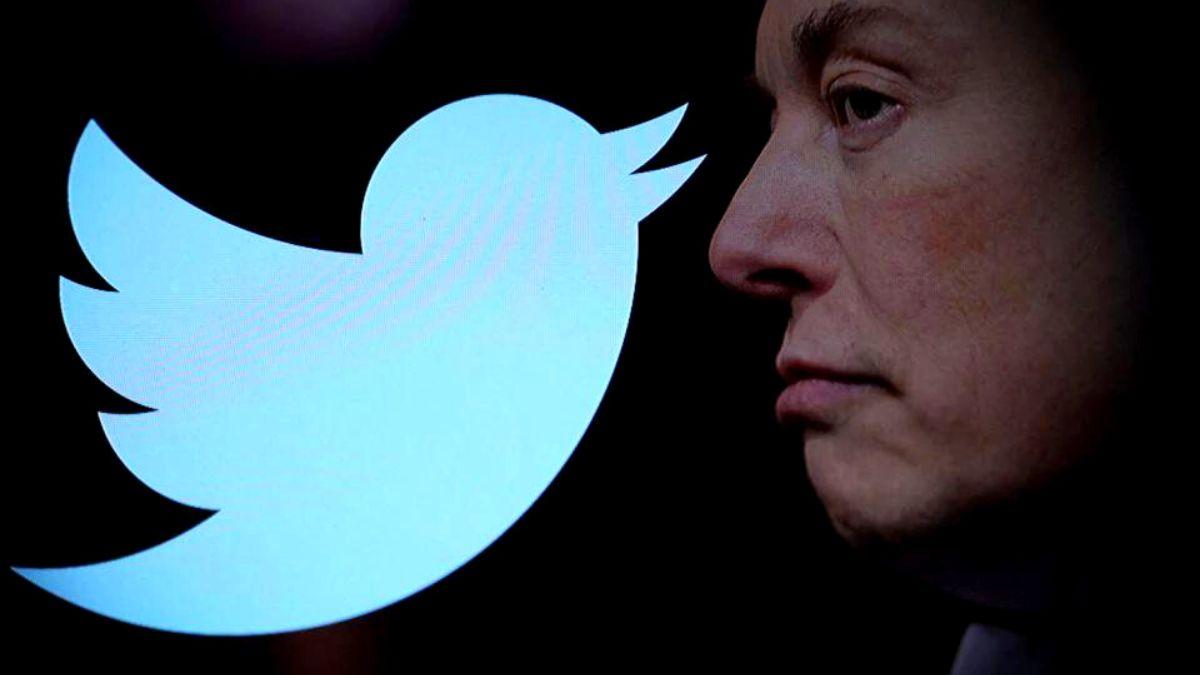In the ever-evolving world of social media, the seismic shifts following high-profile acquisitions can lead to surprising outcomes, none more so than the case of X, formerly known as Twitter. Since Elon Musk’s takeover in November 2022, the platform has seen a significant decline in user engagement in the United States, shedding light on the volatile nature of social media popularity and the impact of leadership changes on user behavior.
Elon Musk’s X: A Steep Decline
Recent data from app-monitoring powerhouse Sensor Tower paints a stark picture: a drop of over 20% in daily app users within the U.S. since the billionaire’s acquisition. This decline surpasses any fluctuations seen by its competitors, marking a unique case study of the impact of corporate rebranding and management shifts on a global scale.
The analytics reveal that Elon Musk X’s closest rival in the downturn was TikTok, with a decrease of nearly 10%, while Facebook, Instagram, and Snapchat experienced more modest declines, all under 5%. This differential underscores the unique challenges faced by X in retaining its user base amidst sweeping changes.

Globally, the picture is marginally better for X, with a 15% decline in daily active app users, leaving it with 174 million. However, these numbers are contested by Elon Musk’s X itself, which claims a daily usage of 250 million people and monthly visits from 550 million, asserting increases in daily average time spent on the platform and daily active user minutes year on year.

Financial Fallout
The repercussions of these shifts extend beyond user engagement, reflected in the financial valuation of the company. Fidelity, a major investor in Elon Musk’s buyout, has marked down the value attributed to X by 71.5% from November 2022 to November 2023.
This assessment pegs the company’s value at just over $12.5bn, a steep fall from Elon Musk’s initial $44bn investment, highlighting the tangible financial impacts of the acquisition and subsequent user decline.
Legal Battles and Public Perception
Adding to the company’s tumultuous period is a dismissed lawsuit in California against the Center for Countering Digital Hate.
Twitter usage in US ‘fallen by a fifth’ since Elon Musk’s takeover https://t.co/Z9OuFuVNb4
— Guardian news (@guardiannews) March 26, 2024
Sometimes it is unclear what is driving litigation, and only by reading between the lines of a complaint can one attempt to surmise a plaintiff’s true purpose,” wrote Charles Breyer, the US district judge, in the ruling. “
Other times, a complaint is so unabashedly and vociferously about one thing that there can be no mistaking that purpose. This case represents the latter circumstance. This case is about punishing the defendants for their speech.
This legal skirmish adds another layer to the complex narrative of X under Elon Musk’s leadership, emphasizing the intricate dance between corporate control, public perception, and the legal landscape.
The Road Ahead
As X navigates through these challenging waters, the broader implications for social media dynamics are clear. The intricate balance between leadership vision, user engagement, and public perception can swiftly alter the course of even the most established platforms.
For industry observers, competitors, and users alike, the unfolding story of X serves as a compelling case study in the digital age’s rapid evolution and the unpredictable nature of social media’s appeal.

In this digital era, where platforms compete fiercely for every moment of user attention, the saga of X underlines the critical importance of understanding and adapting to user needs and market dynamics.
As the landscape of digital communication continues to shift, the lessons learned from X’s journey will undoubtedly shape future strategies across the social media spectrum, reminding us that in the digital world, change is the only constant.









